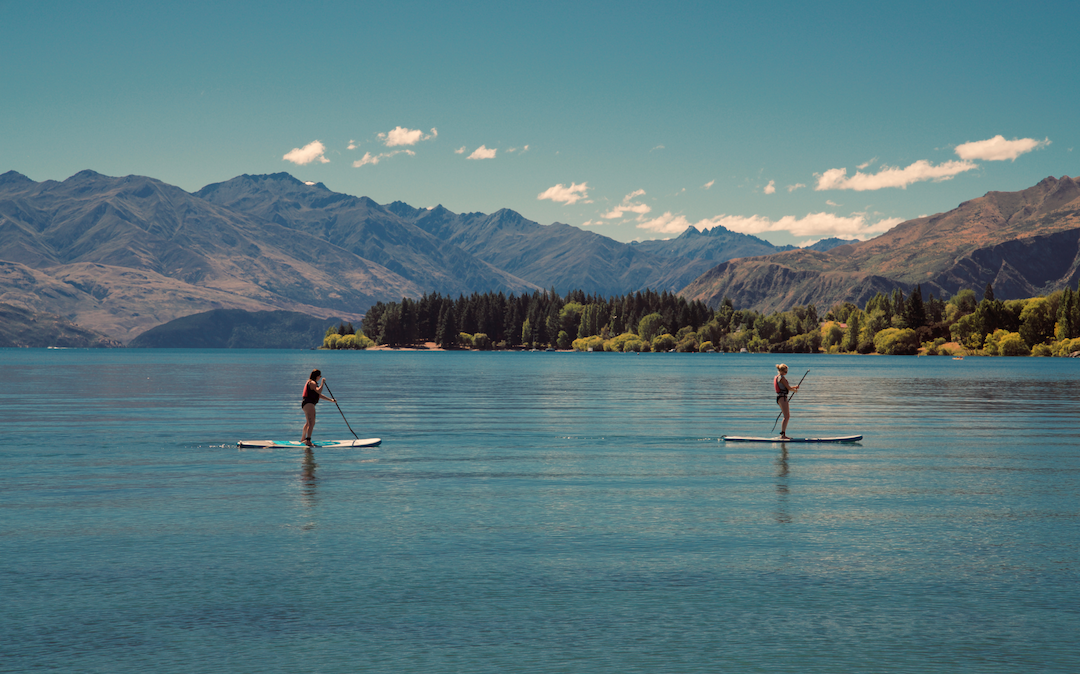As we do our best not to melt during the hottest summer in recorded history, there’s no surprise that people are spending so much time near the water. In recent years there has been a growing interest in paddleboarding and with more and more people trying it out every year, we thought it was only right to lend a hand and gather all the information a first-time paddleboarder might need.
Beginner’s guide to paddleboarding
As we do our best not to melt during the hottest summer in recorded history, there’s no surprise that people are spending so much time near the water. In recent years there has been a growing interest in paddleboarding and with more and more people trying it out every year, we thought it was only right to lend a hand and gather all the information a first-time paddleboarder might need.
Do you need a licence to paddleboard?
One of the main uncertainties around paddleboarding is whether or not you need a licence to get involved; the answer is sometimes you do and sometimes you don’t. If you plan to paddleboard on any Canal & River Trust and Environment Agency waterways, plus other actively maintained waterways including the Norfolk Broads, you would need to have a licence.
The licence costs £45 for the year when you purchase through British Canoeing and covers around 4,500km of waterways.
You don’t need to insure your paddleboard, but it’s a good idea, as at a few hundred pounds a pop, they’re not cheap.
Inflatable vs solid
The first step to paddleboarding is selecting what kind to buy; there are two main kinds of paddleboards, inflatable and solid.
In recent years inflatable paddleboards have been the big sellers since they’re easier to store, easier to transport and much cheaper than the solid kind. Although the inflatable kind of paddleboards are strong, they are nowhere near as strong as the solid kind; by changing from inflatable to solid you not only get a stronger board, you get a more streamlined board.
The difference in shape between the two kinds of boards means that the solid style of paddleboard is the one to go for if you’re going for a more performance-based experience.
If you’re unsure about whether you’re going to stick with paddleboarding then it is probably best to gravitate towards the inflatable kind, as it is a ‘you get what you pay for’ kind of situation; the last thing you want to do is look in your garage in 5 years time and be reminded of the time you spent £500 on a solid paddleboard and only used it once.
Where can you paddleboard?
Different locations present different safety concerns, for example; your experience paddleboarding on a calm body of water such as a lake would be different to paddleboarding somewhere like the ocean. Although there are countless different locations for you to take your paddleboard that vary from the city to the countryside and of course the coast.
How to paddleboard safely?
Regardless of where you plan to take your paddleboard, you should make sure that you know all the necessary safety precautions and have prepared for anything the water throws at you. What we would recommend is that you always use a leash and wear a flotation device or safety jacket; it doesn’t matter how confident or cautious you are, your first priority should always be safety.
Where to insure your paddleboard?
So imagine this, you’ve bought your paddleboard and still feel unsure if this is going to be a long-time hobby or just another summer fling; if you find yourself in that situation then we’re here to help with sports equipment insurance.





